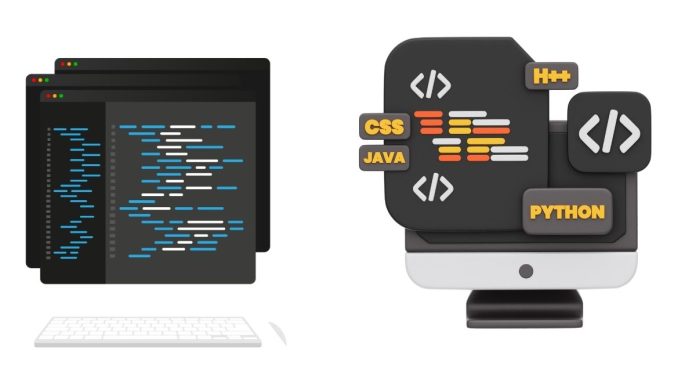Python’s input() function allows you to interactively take input from the user, and def is used to define reusable functions. Combining these two can be a powerful way to write dynamic and interactive Python programs.
This article explains how to use input() within and alongside def functions, including practical examples.
What is the input() Function?
The input() function is used to capture user input as a string. For example:
What is the def Statement?
The def statement is used to define a function, a reusable block of code that can be called with specific arguments. For instance:
Using input() with Functions
1. Calling input() Inside a Function
You can use input() within a function to capture user input during its execution.
Example: A Greeting Function
When the greet() function is called, the user is prompted to enter their name, which is then used in the greeting message.
2. Passing Input as an Argument to a Function
Alternatively, you can call input() outside the function and pass the captured value as an argument.
Example: Passing User Input
This approach separates the logic for capturing input from the function logic, making the code cleaner and more reusable.
3. Using input() for Multiple Inputs
If a function requires multiple inputs, you can use input() for each one and pass them as arguments.
Example: A Function for Arithmetic Operations
Here, the user provides two numbers as input, which are passed to the add_numbers function to calculate their sum.
4. Combining input() with Default Parameters
You can use input() within a function that has default parameters. If the user doesn’t provide input, the function can still work with default values.
Example: Greeting with a Default Name
This allows the program to handle cases where the user may not provide input.
Best Practices
- Validation: Always validate user input to ensure it meets the expected format or type.
- Error Handling: Handle potential errors, such as converting user input to numbers.
- Separation of Concerns: Keep input handling separate from the main function logic for better code organization.
Combining input() with functions defined using def is a flexible way to create interactive Python programs. You can call input() directly within functions, pass user input as arguments, or use default parameters to handle cases where input is optional. By following best practices for input validation and error handling, you can build robust and user-friendly applications.


